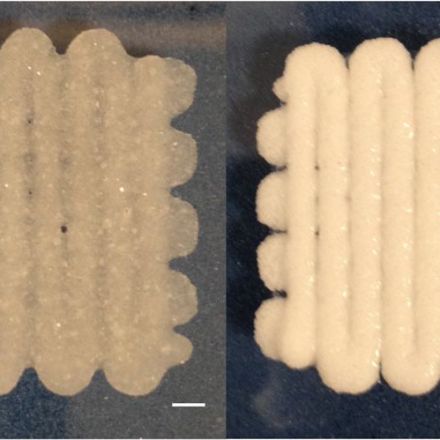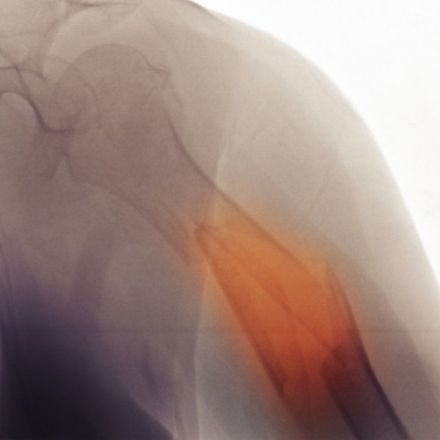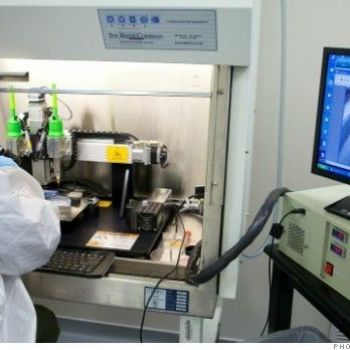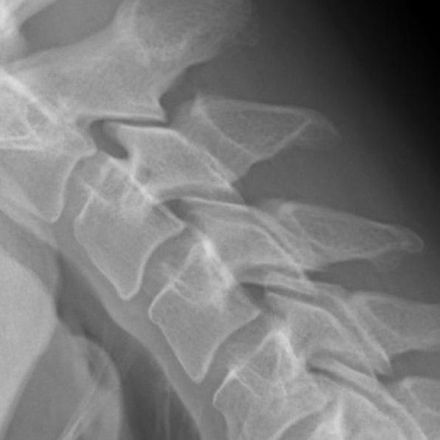Thank you
Your email has been added to our waiting list and we will send an invite to you as soon as possible. Thank you for your patience.
In the meantime, if you happen to run a blog, our newly launched Blog Enhancement Suite can utilize the immense power of community to help you get more audience, engagement, content, and revenue with your own embeddable community! It will breathe new life into your blog and can automate many of the tedious tasks that come with the territory, so you can focus more on what matters most... writing.
Help spread the word about Snapzu:
Let others know about Snapzu by tweeting about us. We appreciate every mention!
Tweet it!





























Join the Discussion
That's a really cool idea. Hope it doesn't take too long to get to market.
Cool idea, only mildly useful, and only in a surgical environment. Some of the examples they listed make no sense, you wouldn't use this to fix a broken nose because it would require surgical intervention, at which point you might as well repair it through surgical means. While I commend the researchers for their work, the only thing I see this having a worthwhile effect with are complex fractures in elderly pts.
I agree that it could not be used routinely for all fractures but I can think of a few situations where it could be revolutionary . Very complex fractures certainly, but even better for revisions. Think of fractures around a prosthesis, such as hip fractures. Because the surgeons have to remove bone in order to fit the prosthesis, if the bone is fractured later they are left with significantly less to work with and this currently leads to long, complex operations. By giving surgeons the ability to "remodel" they can increase the amount of bone they have to work with, hopefully improving outcomes. This certainly seems to offer a viable alternative. It could even be used in elective operations such as knee replacement revisions without the current loss of leg length.
Yes, that would be one of the few useful applications for this. The article that was linked however is ridiculously misleading, suggesting it could be used for broken noses and routine broken bones.
Any other details about the material, such as, basic composition, molecular structure, etc.
A link to the paper would be great.
Right at the bottom they had the source paper: here it is for you! :)
Wow- who thinks up this stuff.